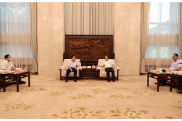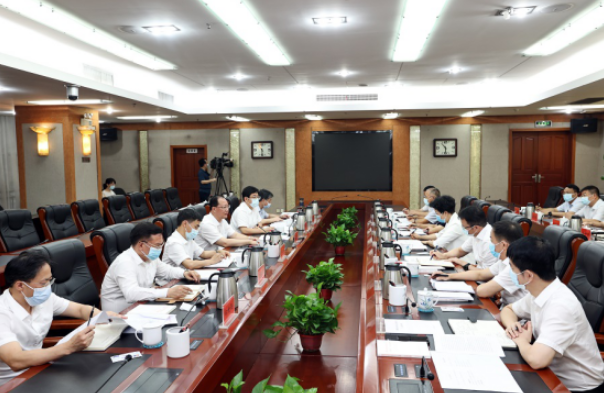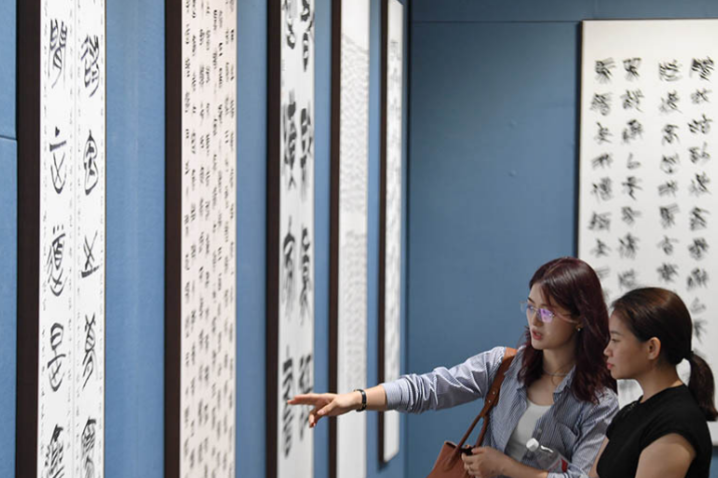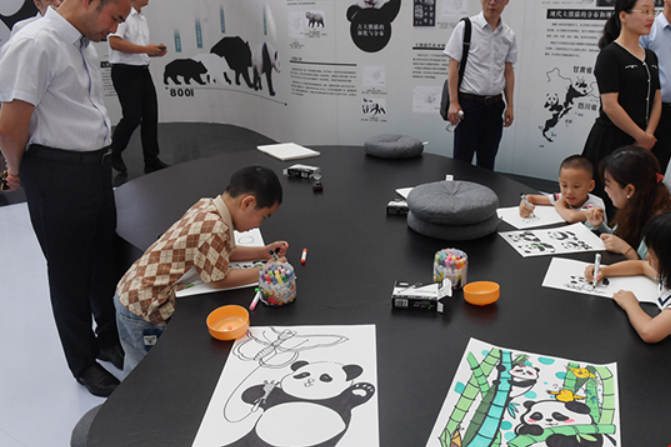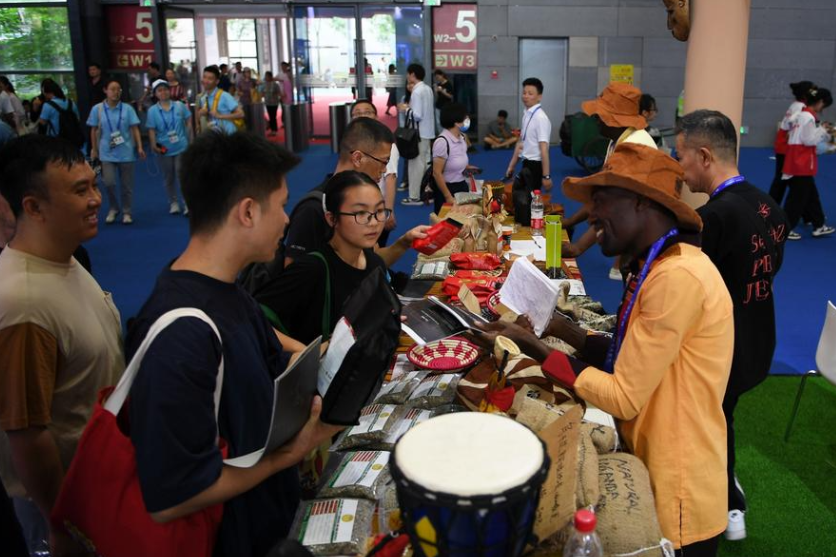(A bird's eye view of Laosicheng Site) (Laosicheng Site, an ancient town of 800 years of Tusi ruling) (The pebble road of Laosicheng Site has a strong style of Tujia ethnic groups.) (The photo shows the 39th session of the World Heritage Committee in Bonn, Germany.)



Rednet (Yongshun County): Site of Laosicheng Tusi Domain, Site of Tangya Tusi Domain and Site of Hailongtun Tusi Fortress successfully entered World Cultural Heritages list during the 39th session of The World Heritage Committee of UNESCO in Bonn, Germany, July 4, 2015. As a part of the 48th World Heritage Site in China, Laosicheng Site achieved the historical breakthrough as Hunan's first World Cultural Heritage Site. More than 500,000 people of Yongshun County, where Laosicheng Site is located, cheerfully celebrated the big day.
Located in the east of Yongshun County of Xiangxi Tujia and Miao Autonomous Prefecture, Laosicheng Site was the local political, economic, cultural and military center for 800 years of Yongshun Tusi Regime of ethnic groups in southwestern China.
Laosi represents 800 years of Yongshun Tusi Regime ( from late Liang Dynasty [AD 910] to the sixth year in the reign of Yongzheng in Qing Dynasty [AD 1728]), a special system that ancient Chinese dynasties used to rule ethnic groups in certain regions by granting hereditary titles to local leaders. Under the governance of 35 Chieftains for 28 generations, Laosicheng Site existed through dynasties including Five Dynasties and Ten Kingdoms, Song, Yuan, Ming and Qing.
Occupying a total area of 25 square kilometers, the ruins of Laosicheng Site cover a central area of more than 250,000 square meters, in an urban layout of road networks and drainage systems. Archaeologists discovered many relics, including the Hall of Patriarch, the tombs of chieftains, ancient streets and walls, memorial arches, bronze bells and stone horses. Laosicheng Site is one of the best preserved Tusi sites that has gone through large-scale archeological excavation in an all-round way.
"Laosicheng is the largest, earliest and best-preserved ancient Tusi town in southern China. It has historical and practical significance," said Li Ping, vice-governor of Xiangxi Tujia and Miao Autonomous Prefecture.
"It has a very important historical value reflecting the history of Tusi culture, its ruling system and its whole history. Evidenced by its ruins and relics, Laosicheng Site fills the gaps of archaeology on studying chieftain systems in China," said Li Ping.
"Witnessing the cultural exchanges and integration between Tujia ethnic minority groups and Han Chinese culture, Laosicheng Site provides a precious model to explore the ways of harmonious coexistence among different cultures and nations in the world today," said Li Ping.
Original link: 永顺老司城申遗成功 湖南实现世界文化遗产零突破(图)
Laosicheng becomes the First World Cultural Heritage in Hunan
Editor:李莎宁
Source:english.rednet.cn
Updated:2015-07-04 08:27:23
Source:english.rednet.cn
Updated:2015-07-04 08:27:23
Special
Contact
Welcome to English Channel! Any suggestion, welcome.Tel:0731-82965627
lisl@rednet.cn
zhouqian@rednet.cn

